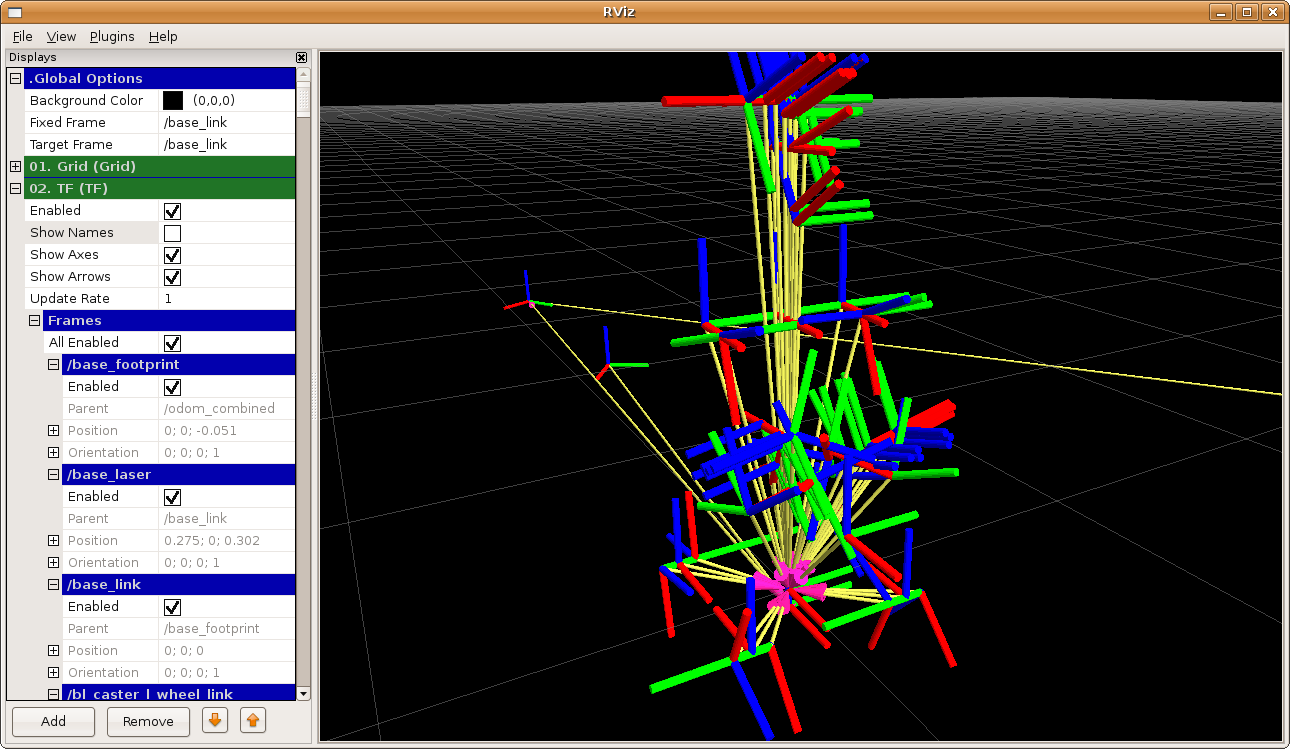

We validate that these footprints overlap true-positive TF binding sites from ChIP-seq. We apply our workflow to detect footprints in 192 ENCODE DNase-seq experiments and predict the genomic occupancy of 1,515 human TFs in 27 human tissues. Here, we develop a scalable footprinting workflow using two state-of-the-art algorithms: Wellington and HINT. Despite the public availability of high-quality DNase-seq data from hundreds of samples, a comprehensive, up-to-date resource for the locations of genomic footprints is lacking. DNase-seq footprinting enables the prediction of genome-wide binding sites for hundreds of TFs simultaneously. Available capacity will also be less if software applications are pre-installed.Characterizing the tissue-specific binding sites of transcription factors (TFs) is essential to reconstruct gene regulatory networks and predict functions for non-coding genetic variation.

**: 1GB = 1 billion bytes the actual formatted capacity is less. Device Management: TopAccess for remote administration and configuration System Features: e-Filing document server for secure storage, Document distribution and Print-on-Demand (1 public box, 200 user boxes), 12,060 one-touch templates for storage of personalised settings or workflows, Scan/Fax Preview, RIP-while-Print, e-BRIDGE Open Platform*, Embedded Web Browser, Job Skip, PCL Barcode printing, e-BRIDGE Plus embedded apps Accounting & Security: Role Based Access, LDAP support, 1,000 department & 10,000 user codes, Card Reader*, Private print, Standard data encryption with Toshiba Secure HDD, Data Overwrite Enabler*, IP and MAC address filter, Port filter, Support of SSL and IPsec* protocols, IEEE802.1x support, CC certified (ISO/IEC15408) with HCD-PP v1.0*, Scan to Secure PDF, Pull-printing* *: Productivity and paper specifications are related to a paper size of A4 and a paper weight of 80 g/m² if not otherwise mentioned.


 0 kommentar(er)
0 kommentar(er)
